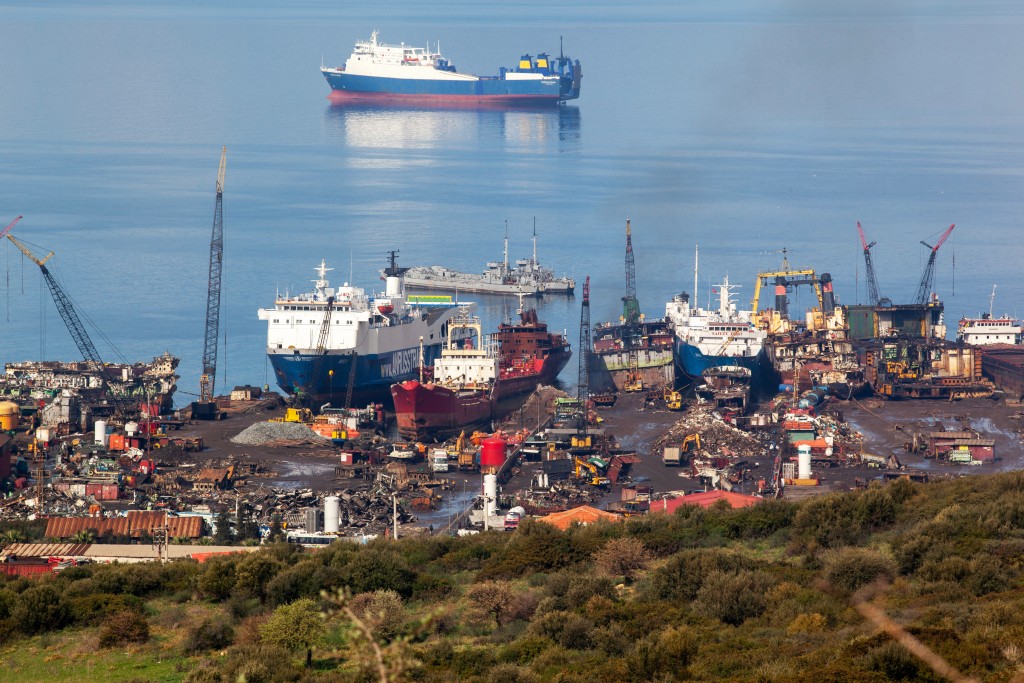Decisions Defining Material Circularity Are Made During the Design Phase – A Lifecycle Perspective on Ship Design

Global competition for natural resources, especially mineral-based ones, has intensified in recent years. Dependence on imports and unpredictable market fluctuations have increased industrial interest in securing access to secondary raw materials through various circular economy solutions. The European Parliament and Council have emphasized the need to accelerate the sustainability transition, implement circular economy practices, enhance material circulation and security of supply, and update related legislation. The EU has set country-specific recycling targets and is increasingly directing goals toward specific industrial sectors. In the future, stricter circular economy and recycling targets are expected to apply to the shipbuilding industry as well.
The European Green Deal and the EU’s growth strategy aim to ensure that Europe becomes climate-neutral and a clean circular economy by 2050, with optimized resource management and minimized pollution. Supporting this goal are the Circular Economy Action Plan and the EU Industrial Strategy, which outline steps to achieve these objectives. The focus is on promoting circular business models throughout product lifecycles, linking early-stage design and implementation with end-of-life processing, and revising regulations to enhance recycling efficiency.
Currently, around 90% of ships are dismantled in Asia (India, Pakistan, and Bangladesh) by beaching them and manually breaking them down (NGO Shipbreaking Platform). This practice is hazardous and results in harmful environmental emissions, especially affecting marine ecosystems. There is significant room for improvement in enhancing the material circularity of ships within the EU. This is an interesting and critical issue, as the European Parliament and Council continue to stress the urgency of implementing circular economy solutions and improving material flows and legislation.
When a ship is decommissioned, new solutions are needed for responsible dismantling, factory refurbishment of reusable components, separation of materials, logistics, storage, reuse, and recycling. Ships are particularly interesting from a recycling perspective due to their complex material mixes and large quantities of steel, which are valuable to industries requiring these raw materials. In the future, ships could be dismantled at industrial-scale shipbreaking yards within the EU, utilizing digital models, robotics, automation, and new dismantling technologies to ensure safe and environmentally friendly processes.
The goal of developing shipbreaking operations is to increase the reuse of ship components before crushing. Promoting reuse also supports compliance with the EU Waste Directive and national waste legislation, which prioritize reuse over disposal. Efficient dismantling, component reuse, and improved material recycling can also generate new business opportunities. Throughout a ship’s long operational life, maintenance and repair involve part replacements and those parts could also be reused based on circular economy principles.
The maritime industry is a significant sector in Finland, both now and in the future. Finland possesses strong expertise in maritime operations, from academic research to ship design and construction. Finland has the potential to become a pioneer in developing industrial-scale shipbreaking operations within the EU.
In ship design, customer requirements are central: the ship’s intended purpose, operating conditions, and port environments. After customer specifications, safety considerations strongly guide the design. Increasingly, environmental aspects must be considered from the outset, including energy production, fuel types, emissions, and the ship’s impact on marine ecosystems. All of this is influenced by cost—how to manufacture a ship that meets customer expectations, regulatory requirements, and international agreements within budget.
The lifecycle of a ship—from order to dismantling—spans approximately 30–50 years. Maintenance and repair during its operational life affect the dismantling phase, especially how well modifications and part replacements are documented, which influences dismantling efficiency. Ensuring information and data flow throughout the ship’s lifecycle is a critical component of the maritime industry’s sustainability transition.
The S4M project focuses on managing material operations in ship interior outfitting companies. A key perspective is integrating sustainability and lifecycle thinking into material development and product design, considering the entire lifecycle from design to dismantling. Decisions made at this stage are crucial for material circulation throughout the ship’s life. Are the vessels currently being designed and built aligned with circular economy principles? Have lifecycle impacts been considered in all decisions? Will these ships be dismantlable at the same shipyards where they are now being constructed? Has the recycled materials market become the new normal when a ship reaches its end of life? As the new vessels launched today reach the end of their lifecycle, will we already be living in a global, one-planet economic model?
Author: D.Sc. Nani Pajunen
Circular Business Models Research Group
This blog post is based on a project by Nani Pajunen and Mirja Rasi-Mäki for the University of Turku, conducted as part of The Sustainable Maritime Industry Specialization Program:
Pajunen & Rasi-Mäki (2025). Shipbreaking Yards – A Review of Current Practices and Future Opportunities. Sustainable Maritime Industry Specialization Program, University of Turku, Faculty of Engineering.
